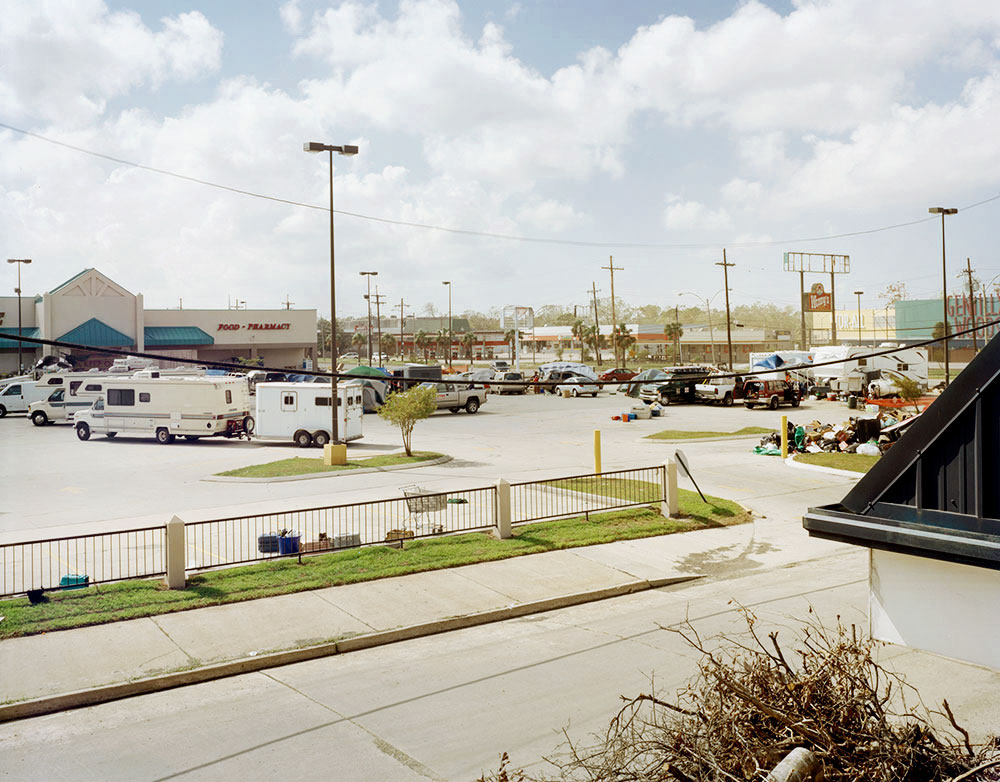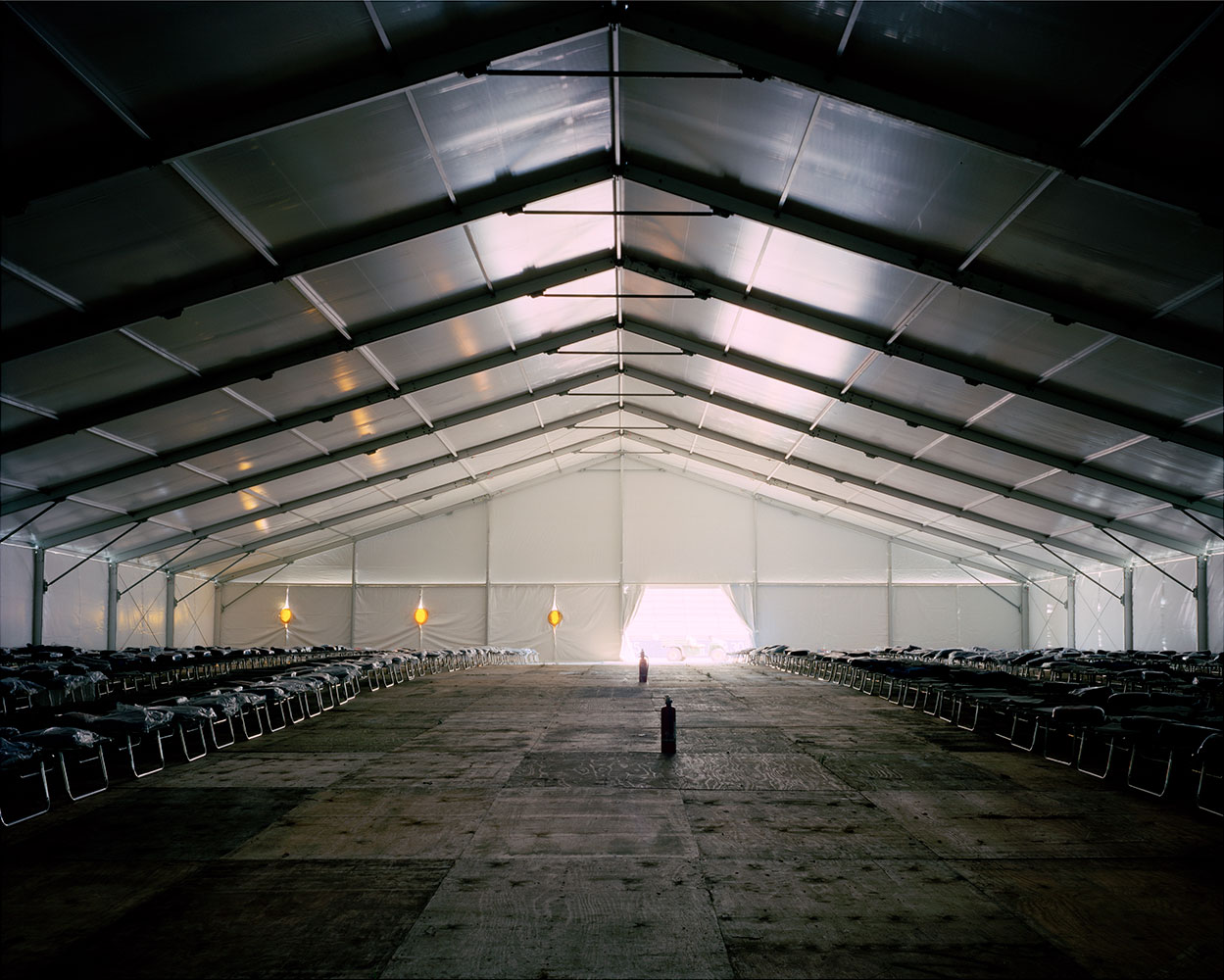2005, one of the most active hurricane seasons in recoded history, saw hurricane Katrina make land fall at the mouth of the Mississippi on the 29th of August. One of the most deadly storms to hit the United States, according to Federal Emergency Management Agency, Katrina claimed some 986 Louisiana lives during the storm and subsequent flooding. This figure, however, is widely contested, with the National Hurricane Center citing 1,500 across the region, while others estimate the actual number could be as high as 2,500. However, due to the uncoordinated critical first days and later diaspora of the population, we may never truly know the exact figure.
While Katrina was indeed powerful, by landfall it had lost much of its original energy. The real tragedy was not that Katrina, a category 5 storm devastated the historic former French Colony of New Orleans, but that the “flood protection system” a network of levees throughout the region, under the authority of the U.S. Army Corps of Engineers, after decades of underfunding and mismanagement was so decrepit, and under provisioned, that it couldn’t withstand a rapidly decaying category 3-2 storm for which it was designed.
Less then a month later, Katrina was followed by Rita. With initial predictions indicating that Rita would be both more powerful and follow the same path as Katrina, the remaining ragged population of locals and recovery workers vacated the city in earnest. Although Rita did burst the hastily repaired levies protecting New Orleans’s Lower 9th Ward, like Katrina, Rita had rapidly lost energy before landfall, with Texas and Louisiana to the south taking the brunt of the storm’s remaining energy.
These photographs were taken in the weeks following hurricane Rita. A curfew was still in effect to mitigate largely exaggerated instances of looting and lawlessness in the weeks prior, but by now it was largely immaterial. With the waters rapidly draining, New Orleans was almost entirely vacant.
In the years that followed, some residents began to return. Census data in 2006 showed the population had plummeted by more than half, from 484,674 prior to the storm, to approximately 230,172 after Katrina (July 2006). A decade later, the population had only recovered to 80% of pre-storm levels.
This section of images includes panoramic groupings over the twice breached levee near above the Lower 9th ward and the neighborhoods adjacent to the 17th Street Canal break. Following the storm, a massive ocean surge 25 to 28 feet above normal tidal levels, flooded through these breaks and covered approximately 80% the surrounding area. The force and speed of this surge was enough to lift homes from their foundations, moving them hundreds of feet. Also shown are impromptu communal tent cities, and the still empty facilities of the Federal Emergency Management Agency [FEMA], widely criticised for its very late mobilisation under the Bush administration. While looting was an issue, the opportunistic theft of high value items was not as sweeping as reported in the press. It is now generally accepted that the majority of looting can be seen as an understandable reaction of the citizenry given the shambolic response by city, state and Federal agencies. In the five days it took FEMA to respond and co-ordinate, people were in survival mode, desperate for staples such as water, diapers, food, and medical supplies, with those affected most sharply divided along socio-economic, and racial divides. In the years that followed, an alternative narrative has formed, not of the criminal poor descending into lawlessness as widely reported in the press, but of abhorrent racially motivated murder and violence, committed by whites with police involvement, in addition to gross mismanagement and under-preparedness, at almost all levels of government.
Other chapters: intersections | home | school
My deepest thanks to Julia Drapkin, a dear friend, while unable to go herself, emboldened me to do so; and for the generosity of her partner, Forest Wright, who being fiercely committed to the wellbeing of his beloved neighbours and city, refused to leave.



















